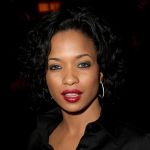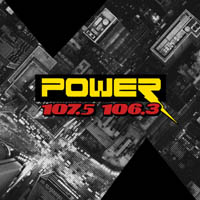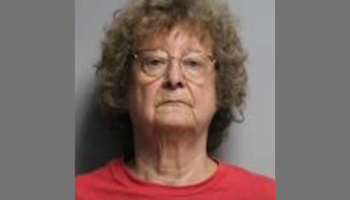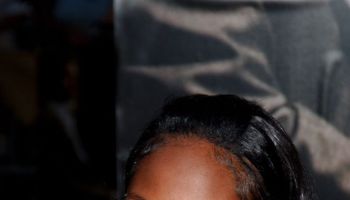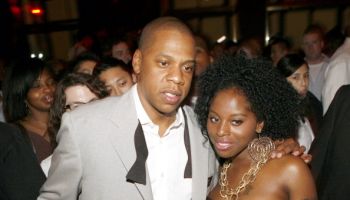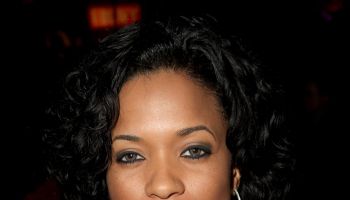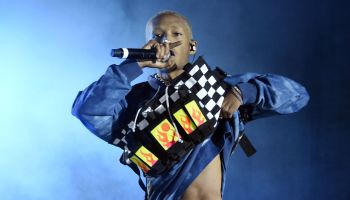According to the White House, President Barack and First Lady Michelle Obama spoke to their largest crowd since Obama’s inauguration on Sunday night when addressing 35, 000 supporters at a rally on the oval of Ohio State University.
The President sought to instill an sense of optimism urging supporters of the Democratic Party to not give up in the face of polls predictions of sweeping defeats in both national and local elections this November.
“You can defy the conventional wisdom, the kind that says you can’t overcome the cynicism of our politics,”
Obama was joined in Ohio by first lady Michelle Obama, their first joint campaign appearance since the presidential election. The first lady has been on a campaign swing of her own, putting a personal spin on the election.
“When I think about the issues facing our nation right now, I think about what that means for our girls,” Mrs. Obama told the crowd.
The president has been blunt in recent campaign stops, acknowledging that with 9.6 percent unemployment, the sputtering economy makes this election season difficult for Democrats.
“It’s hard because we’ve been through an incredibly difficult time as a nation,” Obama said Sunday. “We’ve gone through a tougher time than any time in the lifetime of most of us.”
Sunday’s rally at Ohio State was one of five the president was scheduled to attend ahead of Election Day, all designed to remind the Democratic base of the enthusiasm Obama inspired during his presidential campaign.
The five rallies are all in states Obama won during his presidential bid, and all in states with competitive midterm races: Wisconsin, Pennsylvania, Ohio, California and Nevada. Though Democratic officials say the president is casting a wide net and trying to reach the whole of the Democratic party, some rallies do target specific constituencies.
In Madison, Wis., late last month, Obama targeted young voters at the University of Wisconsin. Officials hoped last week’s rally in Philadelphia reached African-Americans, many of whom came to the polls for the first time in 2008 to support Obama. Democratic candidates like Pennsylvania Senate hopeful Joe Sestak need high turnout in urban areas like Philadelphia if they’re to overcome stiff Republican opposition.
At an event Thursday in Seattle, Obama will focus on how the economic crisis has affected women. White House deputy communications director Jen Psaki said Obama will argue that women who may have benefited from administration initiatives like the small business lending program would suffer under Republican leadership.
Obama is also using backyard meetings and televised town halls, including one broadcast on MTV, BET and CMT last week.
White House officials insist the president’s coast-to-coast campaigning is making a difference.
“There’s an excitement about what this president is trying to do. There’s an energy around it,” Obama spokesman Robert Gibbs said Sunday on NBC’s “Meet the Press.”
But polls suggest Obama’s winning coalition from 2008 is crumbling. About one-quarter of those who voted for Obama are voting Republican in November or are considering doing so, according to an Associated Press-Knowledge Networks poll.
Equally as dispiriting for the White House: Just half of Obama voters say they’ll definitely show up to vote Nov. 2, while two-thirds of those who voted for Republican John McCain in the 2008 presidential election say they’re certain to vote.
Obama probably will spend Election Day in the nation’s capital, and has requested an absentee ballot to vote in his home state of Illinois.



